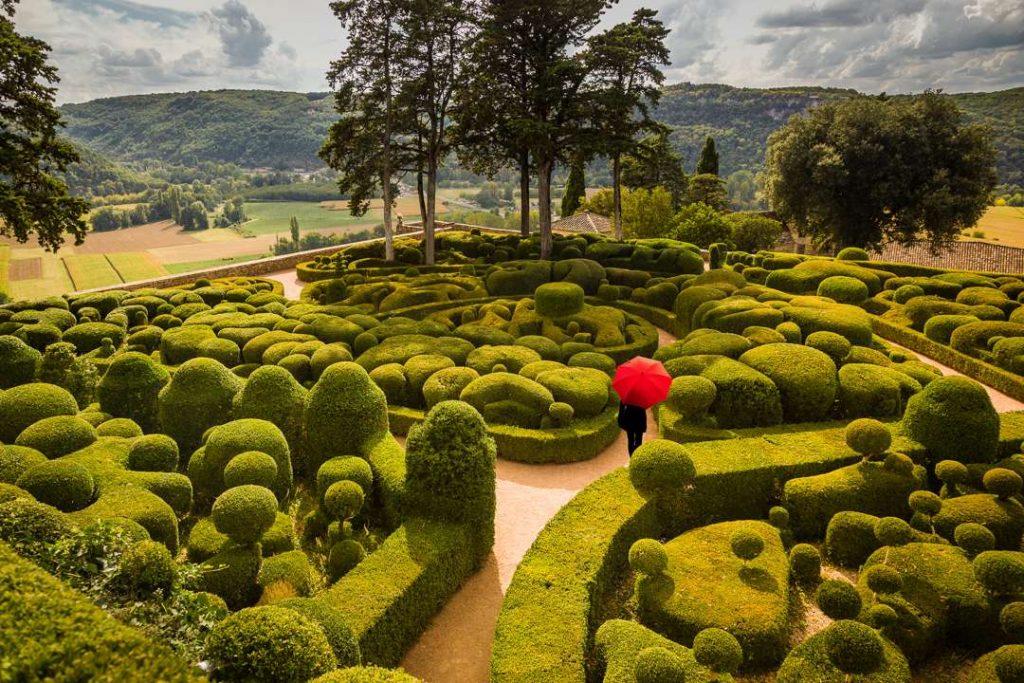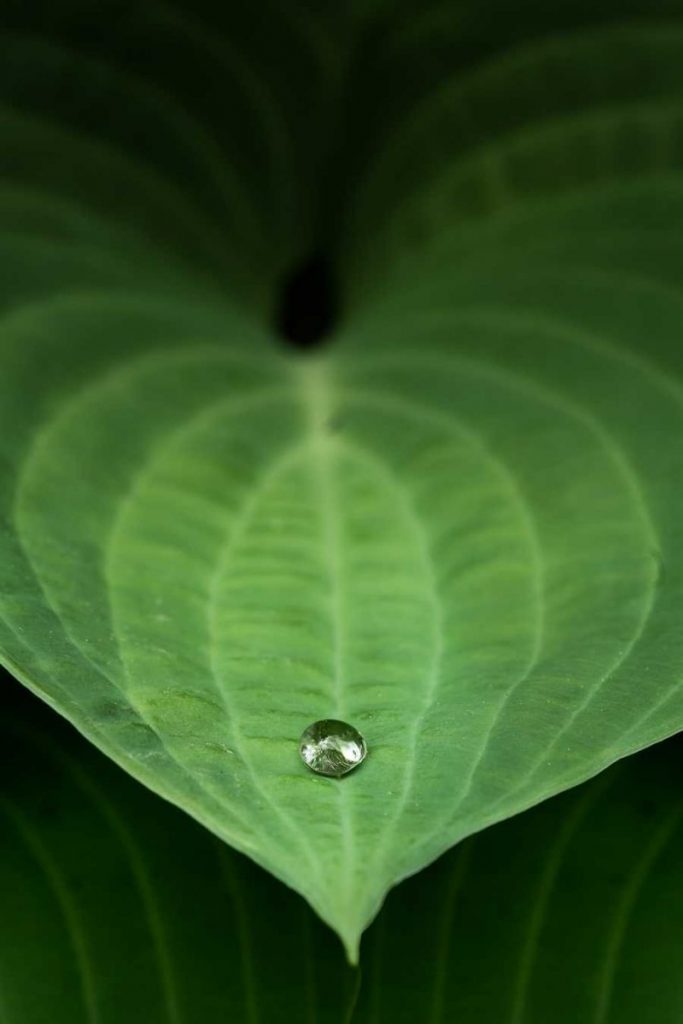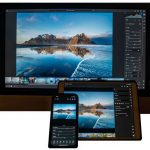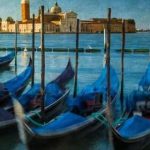This is such a simple concept, and yet it’s so often overlooked by many photographers.
I’ve been re-reading Jay Maisel’s “It’s Not About the F-Stop”. Among so many jewels of wisdom contained there, this one stood out: “Wait for the Trigger”. How often do we encounter a lovely scene, point our camera at it and press the shutter? How often is the result a lovely well-composed background without anything significant going on? I see this often in my classes and workshops, particularly so in travel images. How may pictures of the Eiffel Tower have you seen that look remarkably alike?
The question to ask yourself is, “Why this image – why right now?” What makes it unique? What makes it “my image”? Jay’s point is that every image needs a “trigger”, a reason to make that image at that exact moment. Without it he points out, “your picture can become wallpaper”.
The image below is from the Jardin de Marqueyssac, above the Dordogne River in Southern France. The first is the postcard shot, virtually identical to many you will find on postcard stands throughout the region. I wasn’t happy with this rendition; it needed something more, something to make it unique. Fortunately, it had been raining earlier in the afternoon and a little patience soon paid off when a few minutes later a lady walked into my frame holding a red umbrella. That was the trigger. Click… got it!


Another trip, a different time. From the top of the Campanile in Venice’s Piazza San Marco, I was taken by the pattern of tables below at one of the restaurants in the Piazza. While the pattern was interesting, it also needed something to provide the trigger. At that time of day, the restaurant was just setting up for the evening rush and not much was going on other than a few waiters milling around the tables. I watched this for a while shooting the odd exposure with different combinations of waiters and other people. Nothing was really working, until all but one waiter left the scene leaving the remaining fellow to strike a pose. That was the trigger. Click… got it! Time for dinner.

In Iceland, Skógafoss is a popular stop along the southern ring road. Here again some patience is all that was needed to allow most of the tourists to clear from my field of view, leaving a lone figure in red to provide the trigger, along with scale, visual interest and balance to the composition. It’s also a nice counter point to the cool greens and bluish tones that dominate the rest of the image.

Sunrise on Kauai. I watched this group of people at the top of the cliff as the sun rose over the horizon. Amidst all the selfies over the next 10 minutes nothing stood out visually. Nothing provided the trigger… until one brave fellow ventured near the edge of the cliff.

The trigger isn’t always related to a specific moment (let alone, to the presence of a human figure). I love the patterns on Hosta leaves, and we have several growing in containers on our patio. As lovely as they are, after a while you begin looking for something different, something unique to difference your next image from all the others. The lone water droplet clinging to this leaf was the trigger, breaking the symmetry of the pattern on this leaf and providing a unique centre of interest.

Jay’s idea of “waiting for the trigger” is really a variation of Sam Abell’s idea of finding an interesting background and waiting for something interesting to happen in front of it. (yes, I know – I’m a terrible name-dropper!) This often requires patience, but just as often requires thinking about what needs to happen in your image to create the trigger and make the image uniquely your own.
-BPSOP Instructor – Mark English
Mark Teaches:
After the Click: Refining Your Vision in Lightroom & Camera Raw
















